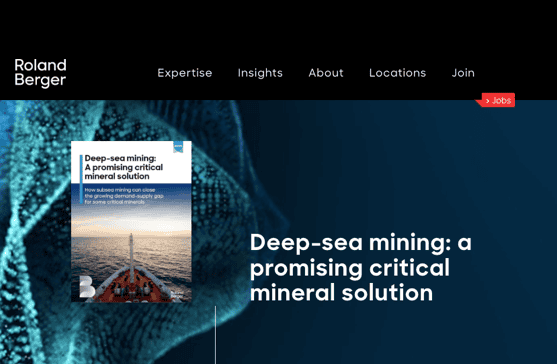Summary
A recent study by Roland Berger highlights deep-sea mining as a promising solution to the growing demand-supply gap for critical minerals essential to the green energy transition and technological advancements. The report projects that by 2050, demand for minerals like cobalt, nickel, and lithium could surpass current terrestrial reserves, with cobalt demand potentially exceeding known reserves by 423%. Deep-sea mining offers access to high-grade polymetallic nodules containing multiple valuable metals, potentially reducing the environmental footprint compared to traditional land-based mining. The study anticipates the establishment of up to 19 active deep-sea mining sites by 2035, generating approximately $25 billion in annual revenue. However, the report emphasizes the need for robust regulatory frameworks to address environmental concerns and to attract institutional investment, noting that regulatory uncertainty currently hinders financial backing. The authors advocate for a balanced approach that considers both the economic potential and the environmental implications of deep-sea mining.
Read the report here.
